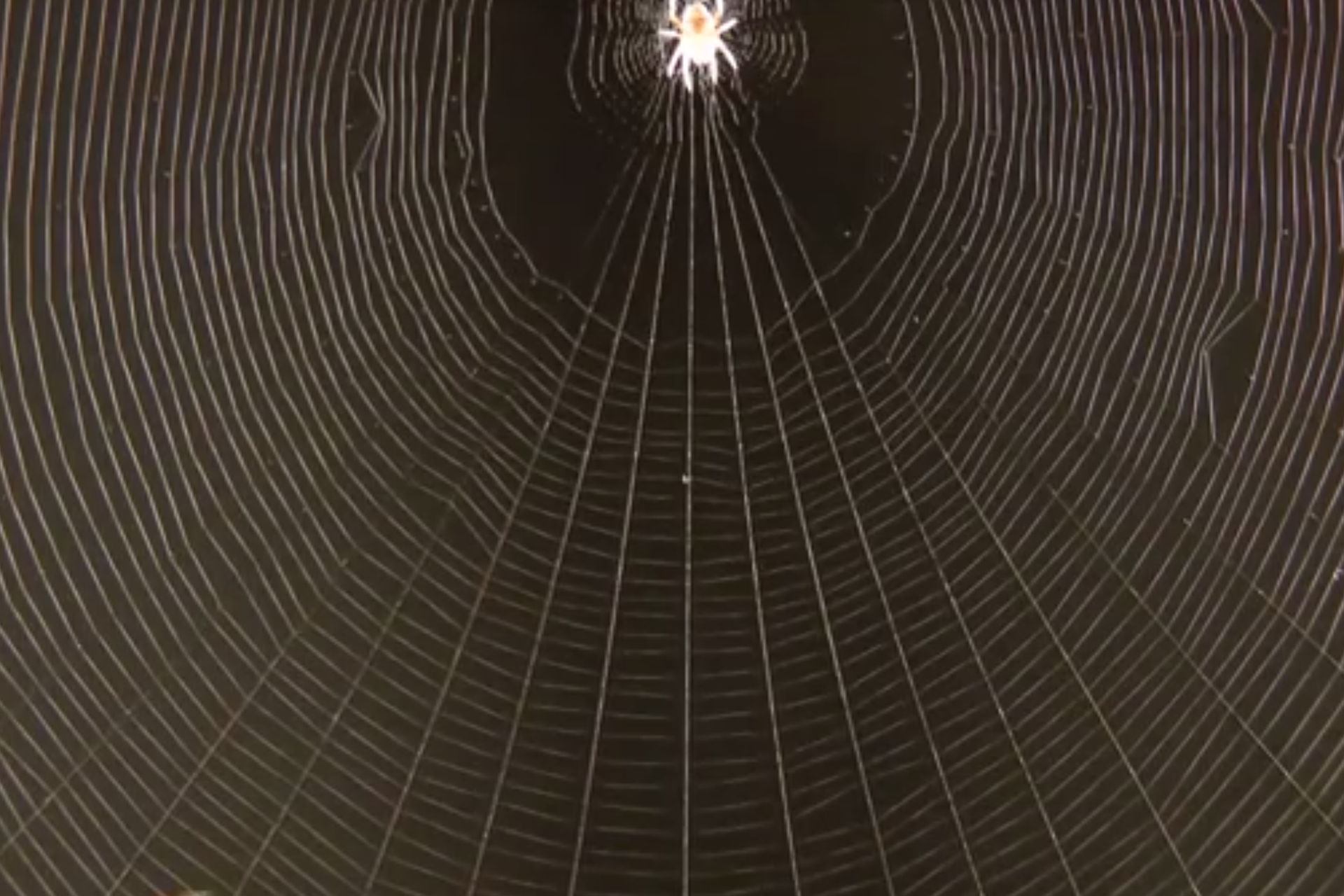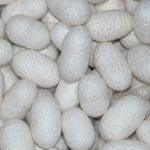|
Welcome The Oxford Silk Group led by Prof. Fritz Vollrath studies the biology of silks with the goal to unravel the evolution, ecology, physics and chemistry of these fascinating materials. We often refer to spider silks and in that context we also study spider web engineering and behaviour. Last but not least, we investigate the metabolic costs of natural silk production and the ecological costs (and benefits) of the commercial silk industry. Spiders, lepidoptera and a host of other arthropods make silk. These silks have evolved independently in the different taxa, but tend to share many features. For a start, they are all bio-polymers of one type or another, with generally excellent mechanical properties. Natural silks are environmentally sustainable with the animal making it from aqueous protein melts at ambient temperatures and low pressures. Clearly, this is something to consider copying when designing and making 'fibres for the future'. Many silks are bio-compatible, making them excellent materials for use in medicine. Many silks are very tough suggesting use in light-weight applications where energy has to be taken up by the material. All silks are disposable, consisting entirely of natural amino acid building blocks that easily integrate into the natural cycle of decay and rebuilding. Perhaps most importantly; there is a wealth of information hidden in silk on protein folding and on Nature's way of making exceptional polymer structures. This is immensely valuable information that can be extracted by careful research using state-of-the-art analytical tools. For example, recent studies have shown that silk is spun from an aquamelt, which allows its production to be exceptionally energy efficient. Prof. Fritz Vollrath additionally leads the Oxford Tracking Group. The Oxford Tracking Group studies African Elephants in the Samburu National Reserve (Kenya). By performing GPS-based research to better understand elephant ecology, Fritz hopes to improve the means by which we can protect elephants in a wide and complex national ecosystem. Notably, because spiders and elephant both have the ability to gather environmental information via substrate vibrations, the Oxford Silk Group and Oxford Tracking Group share an interest in Biotremology research.
|
|



